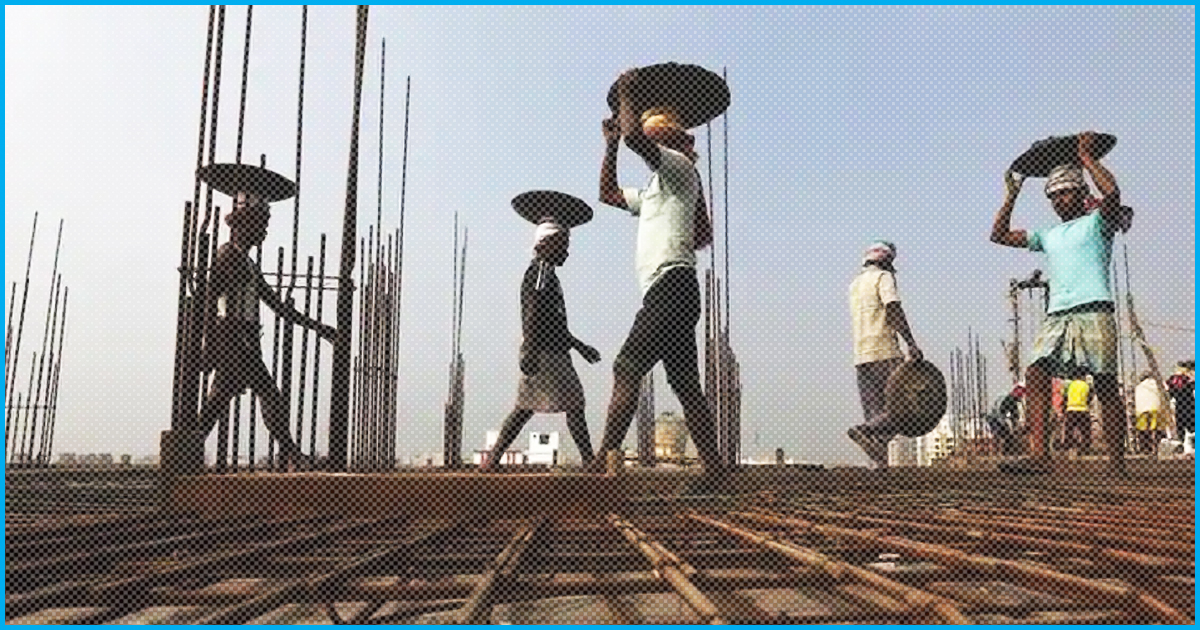The recent findings of the International Labour Organisation’s (ILO) flagship publication the Global Wage Report 2018-19 paint a bleak picture in terms of inequality in wages among sexes globally. However, it also shows that workers in India got the highest average real wage growth between 2008 to 2017 in South Asia.
Global Wage Report
The report said that real wage growth in India stood at 5.5%, which is highest among countries in South Asia. Globally, growth in wages in real term (that is adjusted for price inflation) declined from 2.4% in 2016 to just 1.8% in 2017. This growth rate is far below the level of 3.4% which came before the global financial crisis. Excluding China from the matrix would mean that the growth rate in wages is just 1.1% in 2017. The slowdown occurred despite the rapid economic growths in the previous year.
Even in the Pacific and the South Asian region, where the growth rates were found to be higher compared to other parts, the percentage of growth rate has comparatively been lower than in 2017. Reportedly, the ILO has found that the average real wages have almost multiplied threefold in developing G20 nations.
Gender pay gap
However, inequality in wages among genders is stark. For the first time, ILO using data from 73 countries and some 80% of employees worldwide, has come up with a report which suggests that men are continued to be paid 20% more than women globally. While in low to middle-income countries, the gender pay gap is found to be mostly among lower-paid workers, in high-income countries, the pay gap is mostly found among the top salaried.
Rosalia Vazquez-Alvarez, econometrician and wage specialist at the ILO, as well as one of the authors of the report, said, “In many countries, women are more highly educated than men but earn lower wages, even when they work in the same occupational categories,” reported The Times Of India. Additionally, India with 34.5% and Pakistan with 34% are countries which have the highest gender pay gaps.
“In most countries, women and men differ significantly in respect of working time – specifically, that part-time work is more prevalent among women than among men,” the report said. At 20% the global gender pay gap has remained unchanged between 2016 and 2017. The report advocates, “emphasis needs to be placed on ensuring equal pay for women and men”.
The gender pay gap is the problem of unequal payment of wages to a particular gender within the same office and occupational categories.
The Logical Indian take
A 2015 report by McKinsey Global Institute explains how eliminating the wage gap can add between $12 trillion and $28 trillion to global GDP. If women are not getting paid enough, they lose the little they have in loans and the money needed to run the house. That is a lot of money which the economy isn’t getting back. As long as the wage gap persists, eradicating poverty will also remain a dream.
Some researchers say that women are more productive and dedicated workers. For them to show the world that they are equally worthy as their male counterparts, they work harder, fight harder. Facebook COO Sheryl Sandberg said that the pay gap holds women back. It doesn’t exist because women aren’t educated enough; in fact, there are more female college graduates now than ever before. “It is about structural barriers we need to dismantle,” she said.
Also Read: Gender Pay Gap Higher In Older Women, Have To Do Double Unpaid Work Than Men, Says Study











